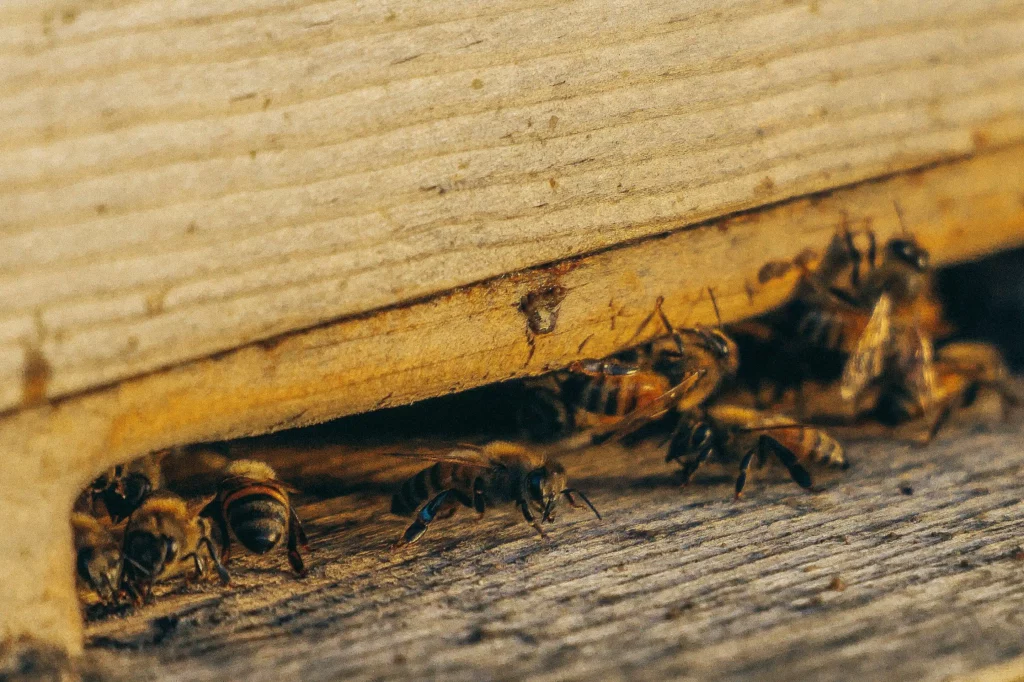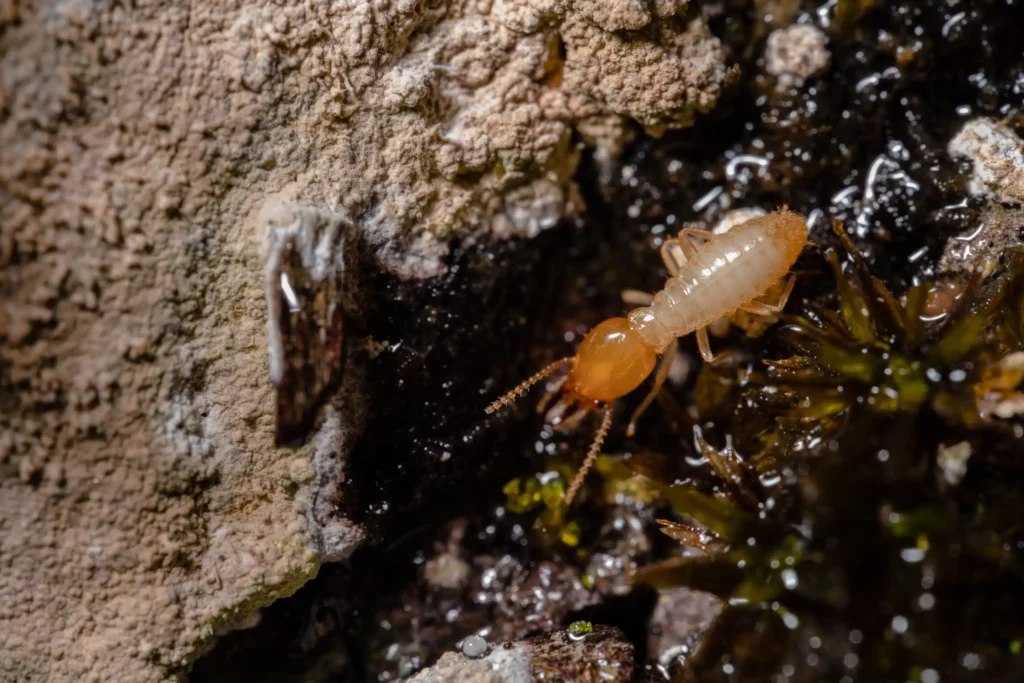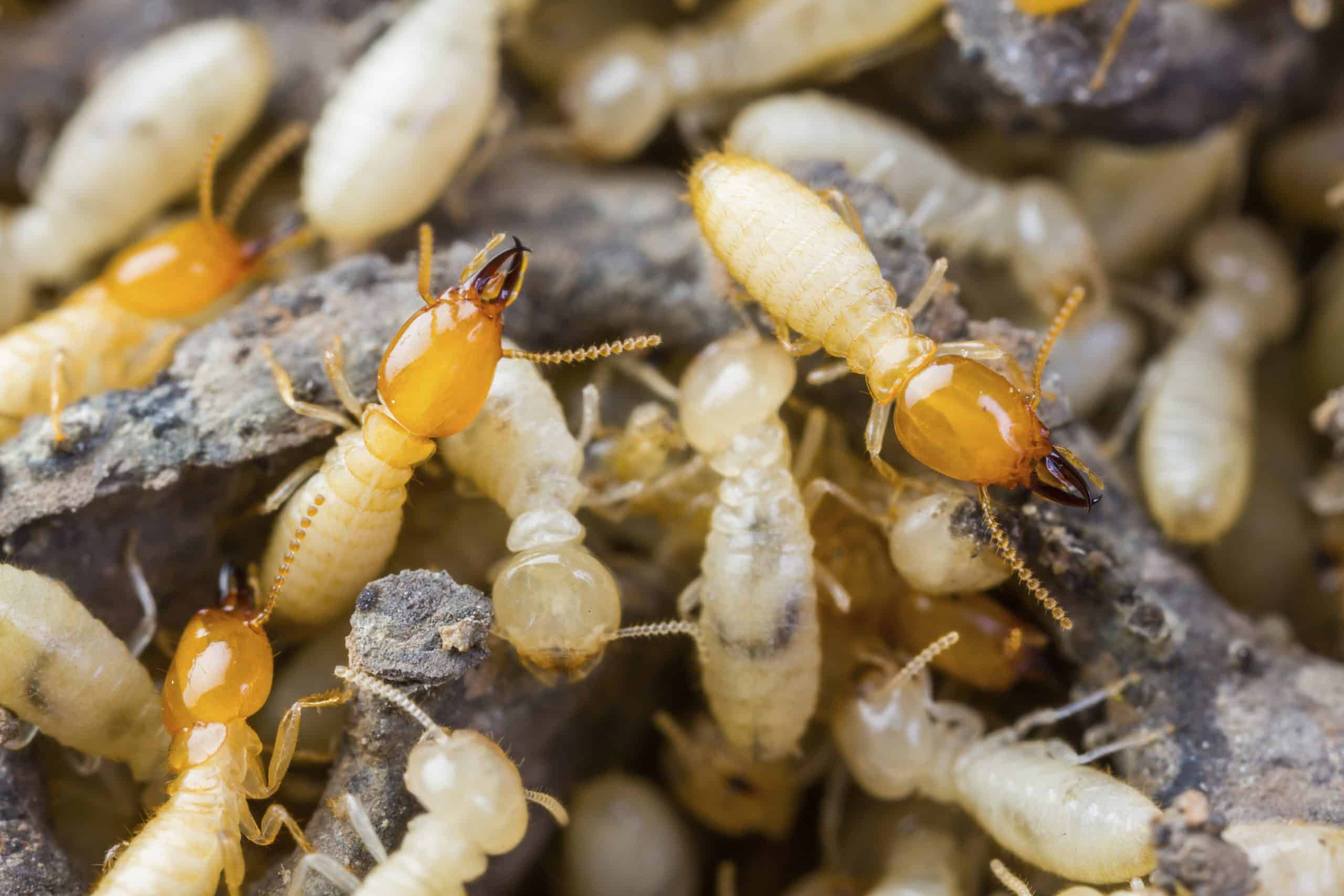Termites are a significant concern for homeowners in Sydney, where the warm climate and abundant timber provide an ideal environment for these destructive pests. Understanding the nature of termite infestations and implementing effective protection measures is crucial for safeguarding properties. This article delves into the essential termite protection strategies that Sydney homeowners should consider to preserve their homes and investments.
Understanding Termite Threats
Before delving into protection strategies, it is vital to comprehend the types of termites sydney that pose a threat to homes in Sydney. The most common species include subterranean termites, drywood termites, and dampwood termites, each with unique behaviours and nesting habits. Understanding these differences is crucial for homeowners, as it informs the appropriate preventative measures and treatment options that can be employed to safeguard their properties.
Subterranean Termites
Subterranean termites are the most prevalent in Sydney and are notorious for their destructive capabilities. They live in colonies underground and can travel significant distances to find food sources, often leading them directly to wooden structures. Their ability to remain hidden makes them particularly challenging to detect until substantial damage has occurred. These termites form intricate tunnel systems that allow them to navigate through soil and wood, often going unnoticed for years. Homeowners may only become aware of their presence when they notice sagging floors or hollow-sounding wood, which can be alarming as the structural integrity of their homes may already be compromised.
Drywood Termites
Unlike subterranean termites, drywood termites do not require contact with soil. They infest dry wood, including furniture and structural timber, making them a concern for many homeowners. Their presence is often indicated by small piles of frass (termite droppings) near infested wood. These pests can cause significant damage over time, as they can reproduce quickly within a single piece of wood, leading to extensive infestations. Homeowners should be vigilant, especially in coastal areas where drywood termites are more prevalent, as they can also be transported in wooden furniture or other items brought into the home, exacerbating the risk of an infestation.

Dampwood Termites
Dampwood termites thrive in moist conditions and typically infest decaying or water-damaged wood. While they are less common than the other two species, their presence can indicate underlying moisture issues that need addressing to prevent further damage. These termites are often found in areas with poor drainage or where water accumulates, making it essential for homeowners to regularly inspect their properties for signs of moisture problems. Addressing these issues not only helps to deter dampwood termites but also improves the overall health of the home. Homeowners should consider implementing proper ventilation and drainage solutions, as well as repairing any leaks, to create an environment that is less conducive to termite infestations. Read more about dampwood termites at https://pestsense.cahnrs.wsu.edu/Search/MainMenuWithFactSheet.aspx?CategoryId=4&ProblemId=783
Signs of Termite Infestation
Recognising the signs of a termite infestation early can save homeowners significant time and money. Several indicators can suggest the presence of termites in a property.
Visible Damage
One of the most apparent signs of a termite infestation is visible damage to wooden structures. Homeowners should look for hollowed-out wood, sagging floors, and crumbling drywall. These signs indicate that termites have been actively feeding on the wood, weakening the structural integrity of the home.
Frass and Mud Tubes
Frass, or termite droppings, can often be found near infested wood. This material resembles small pellets and can be a clear indication of an active infestation. Additionally, subterranean termites build mud tubes to protect themselves while travelling between their nests and food sources. These tubes can often be found on walls or foundations and are a strong indicator of termite activity.
Swarmers
During certain times of the year, typically in spring, termite swarms may occur. These winged insects are reproductive termites that leave the colony to establish new ones. Spotting swarmers inside or near the home is a clear sign of an infestation and should prompt immediate action.
Preventative Measures
Prevention is the most effective way to protect a home from termites. Implementing various strategies can significantly reduce the risk of infestation.
Regular Inspections
Conducting regular termite inspections is crucial for early detection. Homeowners should schedule professional inspections at least once a year, especially in areas prone to termite activity. Trained pest control professionals can identify potential risks and recommend appropriate measures to mitigate them.
Moisture Control
Termites are attracted to moisture, making it essential to address any water issues around the home. Homeowners should ensure proper drainage, fix leaks promptly, and maintain gutters to prevent water accumulation. Additionally, using dehumidifiers in damp areas can help reduce moisture levels, making the environment less conducive to termite infestations. Click here to learn more about controlling moisture.
Effective Treatment Options
If a termite infestation is detected, prompt treatment is necessary to minimise damage. Several treatment options are available, each with its advantages and disadvantages.
Chemical Treatments
Chemical treatments, such as liquid insecticides, are commonly used to eliminate termites. These products can be applied to the soil around the foundation or directly to infested wood. While effective, chemical treatments require professional application and ongoing monitoring to ensure long-term success.
Baiting Systems
Baiting systems are another effective method for termite control. These systems involve placing bait stations around the property, which contain a slow-acting insecticide. Termites consume the bait and carry it back to their colony, ultimately eliminating the entire colony over time. Baiting systems are less intrusive than chemical treatments and can provide ongoing protection when monitored regularly.
Physical Barriers
Physical barriers, such as steel mesh or concrete, can be installed during construction or renovation to prevent termites from accessing the home. These barriers are particularly effective in new builds and can significantly reduce the risk of infestation.
Long-Term Termite Management
Once a termite infestation has been treated, ongoing management is essential to prevent future problems. Homeowners should adopt a comprehensive termite management plan that includes regular inspections, monitoring, and preventative measures.
Monitoring Systems
Installing monitoring systems can help detect termite activity before it becomes a significant issue. These systems use bait stations equipped with monitoring devices to track termite movements. Regular checks of these stations can provide early warnings of potential infestations.
Education and Awareness
Homeowners should educate themselves about termite behaviour and signs of infestation. Being aware of the risks and proactive measures can empower homeowners to take action before a minor issue escalates into a major problem.
Choosing the Right Pest Control Professional
When it comes to termite protection, selecting a qualified pest control professional is paramount. Homeowners should consider several factors when making their choice.

Experience and Qualifications
It is essential to choose a pest control company with extensive experience in termite management. Look for professionals who hold relevant certifications and are familiar with the specific termite species prevalent in Sydney. Experienced professionals can provide tailored solutions based on the unique needs of each property.
Reputation and Reviews
Researching a company’s reputation can provide valuable insights into their reliability and effectiveness. Homeowners should read reviews and testimonials from previous clients to gauge the quality of service offered. Recommendations from friends or family can also help in making an informed decision.
Comprehensive Services
Opt for a pest control provider that offers a comprehensive range of services, including inspections, treatments, and ongoing monitoring. A holistic approach ensures that all aspects of termite management are addressed, providing peace of mind for homeowners.
Conclusion
Termite protection is an essential consideration for homeowners in Sydney. Understanding the types of termites, recognising the signs of infestation, and implementing preventative measures can significantly reduce the risk of damage. Should an infestation occur, prompt and effective treatment is crucial to safeguarding the home. By adopting a proactive approach and working with qualified pest control professionals, homeowners can protect their properties from these destructive pests.
Investing in termite protection not only preserves the structural integrity of a home but also enhances its value and longevity. With the right knowledge and resources, Sydney homeowners can effectively manage termite risks and ensure their homes remain safe and secure.
Related : Termite Removal 101: Expert Tips for a Pest-Free Home

